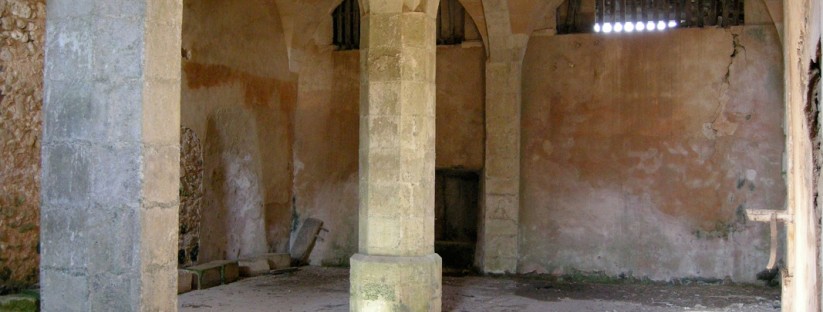Intro
Mallorca has been in its long history a crossroads of peoples, cultures and religions that have shaped the rich "Mediterranean culture"; as expected from their geographical location nestled in the heart of the Western Mediterranean. The Mallorcan, who knew came from prehistory, planted their first vines coinciding with the arrival of the Romans and their wines quickly received critical acclaim (PLINIO, 23-79. BC). There are indications that the cultivation of the vine continued its growth during the "Christian era" and continued to grow, at least for table grapes, during the Arab domination. The final impetus for vine growing and wine production occurs in the wake of the conquest of Mallorca by the armies of King James I of Aragon in 1229.
The city of Inca, which comes from the Arabic toponym Ink ^ an, was the oldest farmhouse of Mallorca on arrival of the King. Located in the center of the island belonged to the same king in the distribution of assets of the Llibre del Repartiment. The Bordils family, now a lineage disappeared in Mallorca, reached the island coinciding with the beginning of the fourteenth century, from the village called Bordils (Girona). Bordils was Don Bernat, son of Guillem de Bordils in 1343 had paid tribute to King Pere IV Ceremoniós on behalf of the town of Inca loss to Kingdom of Mallorca, who bought in the early 1360 to 1370 produced the first vineyard land in southeastern end of Inca later in 1433 his son, Don Joan de Bordils i Pont, expanded and grouped under the name of Son Bordils. Today we know that in the middle of the fifteenth century, the estate Son Bordils was already dedicated to the wine industry because the property was looted during the forana revolta, obtaining the booty more than 50,000 liters of wine. Years before, the Bordils family had moved his residence to Palma. Although for almost four centuries Bordils flaunted important positions in the city and the island today surname is best known for since the seventeenth century resided in Can Bordils, today houses the Municipal Archive of Palma.
Today it is known that the period of greatest splendor of wine Son Bordils was the second half of the nineteenth century; as happened in the whole island of Mallorca, induced wine exports to France; razed their vineyards due to phylloxera. At this time, the farm was owned by Don Manuel Pérez i Villalonga, health councilor of the City of Palma during the plague years. His passion for the vine and wine led him to convert Son Bordils, already the largest estate of the term, one of the three largest wine producers of Inca of the last half of the nineteenth century. The vineyards were destroyed by phylloxera from 1891, but with the help of his son and heir Don Emilio Villalonga i Boneo, replanted many of them and restarted winemaking; being sold in Palma in Sa Botigueta Son Bordils the Piazza Santa Eulalia turn of the century. Don Emilio sold the farm in 1922 to don Domingo Alzina Jaume, that from that moment vendimió vineyards planted with American stand by Don Manuel and Don Emilio Villalonga in the post-phylloxera stage.
In 1991, one hundred years after the phylloxera invasion of Mallorca, the property changed ownership again and restart farming on the land formerly known as Ses Cinquanta Quarteradas of vinya, which have been replanted, from 1996 until this year 2000 a total of 25 hectares. different vine varieties, both white, like chardonnay, muscat and prensal, as inks, cabernet sauvignon, merlot, black cloak, Monastrell and Syrah Callet. In 1998, the new Celler de Son Bordils produced and bottled the first wines of the new wine farm stage.
This is the known history of the Finca Son Bordils, its characters and their avatars, their vineyards and wines, and ultimately fighting men and women for the fruit of this land for more than five centuries ago . In the same land where today the wines of the brand Son Bordils occur.

